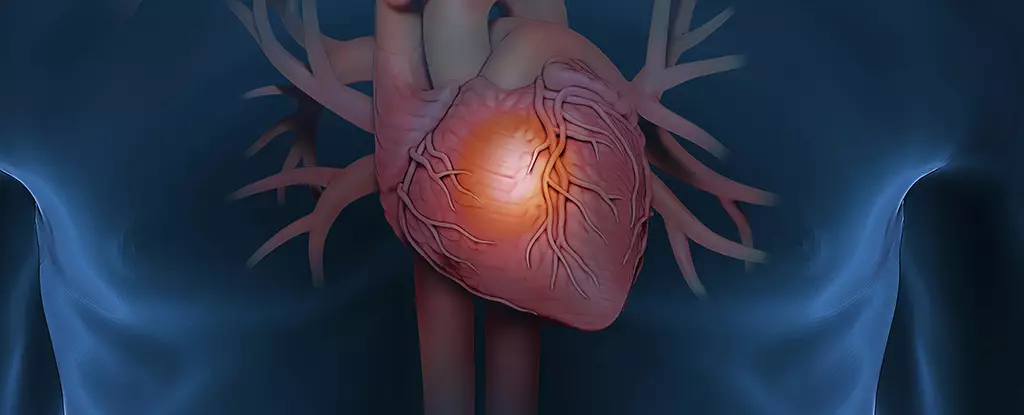Heart failure remains one of the leading causes of morbidity and mortality worldwide, yet recent studies bring hope for enhanced recovery options. Groundbreaking research indicates that specific therapeutic interventions can stimulate the heart’s inherent self-repair capabilities, potentially leading to advancements in the treatment of this challenging condition. This article delves into the findings of a recent study exploring the regenerative potential of the human heart and how it may pave the way for future therapeutic strategies.
The essence of heart rehabilitation lies in its ability to harness the body’s natural healing mechanisms. Researchers from an international team have unearthed new insights suggesting that with the right therapeutic approach, the heart’s ability to recover from failure can surpass even that of a healthy heart. Olaf Bergmann, a molecular biologist associated with the Karolinska Institute in Sweden, emphasizes that these findings may underscore a vital element capable of activating the heart’s innate repair processes.
In their investigation, researchers focused on 52 patients who experienced heart failure, some of whom received a left ventricular assist device (LVAD). This implant works to alleviate the workload on the heart by mechanically assisting blood flow, thereby providing the heart with an opportunity to recuperate. The remarkable aspect of this study is the apparent rejuvenation of heart muscle cells, or cardiomyocytes, which is key to restoring heart function.
The work undertaken by these researchers involved an intricate analysis of cardiomyocyte renewal. They employed a clever strategy using radioactive carbon (14C) levels in heart cells to assess regeneration rates. Following nuclear testing bans in the early 1960s, atmospheric levels of 14C have been declining, allowing the research team to infer the “age” of heart cells based on carbon presence. Through mathematical models, they were able to measure how regeneration rates in failing hearts compared to healthy ones.
Their findings revealed that the typical regeneration of cardiomyocytes in hearts afflicted by heart failure could be 18 to 50 times less effective than in healthy hearts. However, the implantation of LVADs appeared to revitalize these cells, driving regeneration at a rate up to six times faster than what is observed in healthy hearts. Such data points toward the LVAD’s potential not only as a mechanical support system but as a catalyst for impressive biological recovery.
Despite these groundbreaking discoveries, the underlying biological pathways that facilitate this accelerated heart healing are still not entirely understood. Researchers, including Bergmann, note that existing data do not yet provide a clear explanation for the enhanced regenerative capacity observed with LVADs. This creates an avenue for future research aimed at delving deeper into the cellular and molecular dynamics at play.
Exploring the heart’s recovery through natural self-healing mechanisms could ultimately yield simpler, less invasive therapeutic options compared to other current approaches such as cell transplantation from other body parts. Continued efforts are being made across the scientific community to further unravel the biology of heart repair, focusing on areas such as lab-grown heart tissue and enhancing the regenerative capabilities of heart cells.
This study stands as a beacon of hope that recovery after heart incidents can be significantly improved. With increasing understanding of the heart’s regenerative abilities, the medical community may soon develop treatment protocols that support the heart’s natural repair processes, leading to improved outcomes for millions living with heart failure.
It’s vital to remain optimistic about the future of heart health. The revelation that specialized therapies can potentially “supercharge” the heart’s repair mechanisms may point toward a revolution in how heart failure is treated. As researchers continue to explore this promising area, the journey toward restoring the heart’s vitality becomes an increasingly achievable goal. Through meticulous study and innovative thinking, scientists are on the brink of discovering new paths to empower our vital organs, ushering in a new era in cardiac rehabilitation.


Leave a Reply